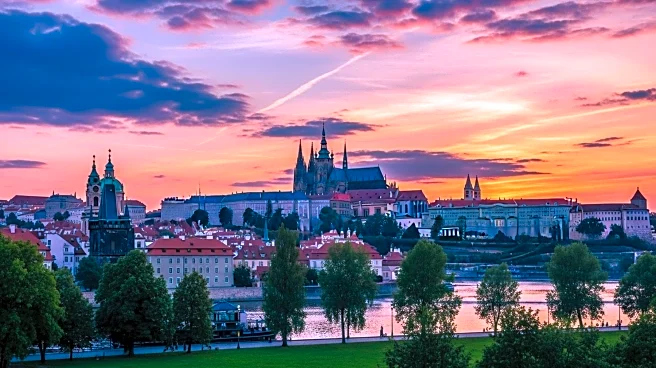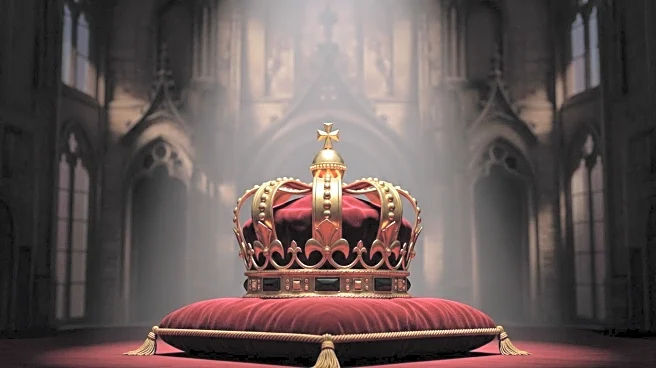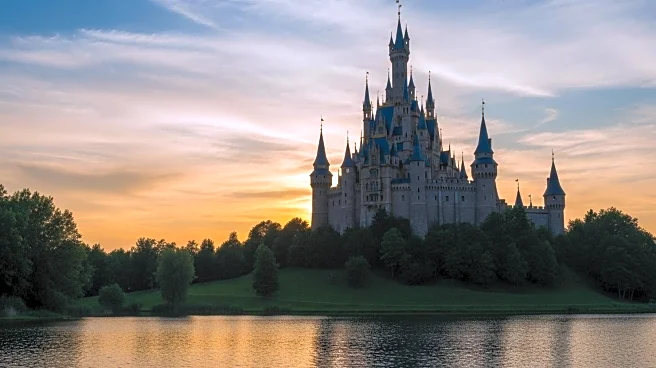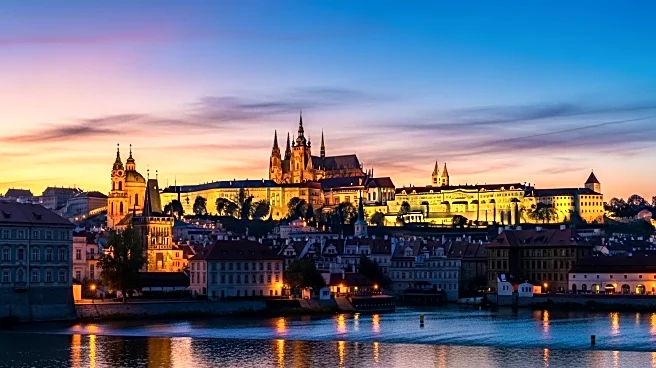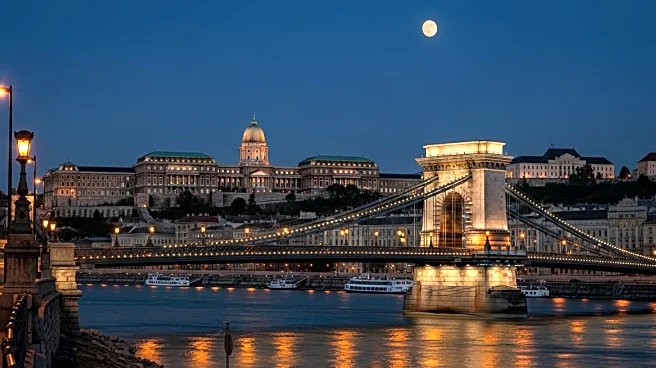Prague, the capital of the Czech Republic, is a city rich in history and culture. Known for its stunning architecture and vibrant cultural scene, Prague offers a wealth of fascinating facts that highlight its significance in European history. From its historical landmarks to its role in major political movements, Prague's facts provide insights into its enduring legacy and influence.
Core Facts
Prague is the largest city in the Czech Republic, with a population of approximately 1.4 million people. The city is located on the Vltava River and is known for its Romanesque, Gothic, Renaissance, and Baroque architecture. As the historical capital of Bohemia, Prague has been a center for political and cultural movements throughout its history.
Notable Details
Prague's historical significance is evident in its landmarks and monuments. The city was the residence of several Holy Roman Emperors, including Charles IV and Rudolf II. Prague played a major role in the Bohemian and Protestant Reformations, challenging the status quo and promoting cultural change.
Comparisons and Contrasts
Compared to other European cities, Prague stands out for its architectural beauty and historical significance. The city's blend of architectural styles reflects its diverse cultural influences and historical evolution. Prague's role in major historical events, such as the Thirty Years' War and the Velvet Revolution, sets it apart as a city of resilience and transformation.
Key Data Points
Prague's metropolitan area is home to approximately 2.3 million people, making it a significant urban center in Europe. The city's historical landmarks, such as Prague Castle and Charles Bridge, attract millions of visitors each year, contributing to its status as a cultural and tourist hub.
 Discover Daily • 8 min read
Discover Daily • 8 min read 